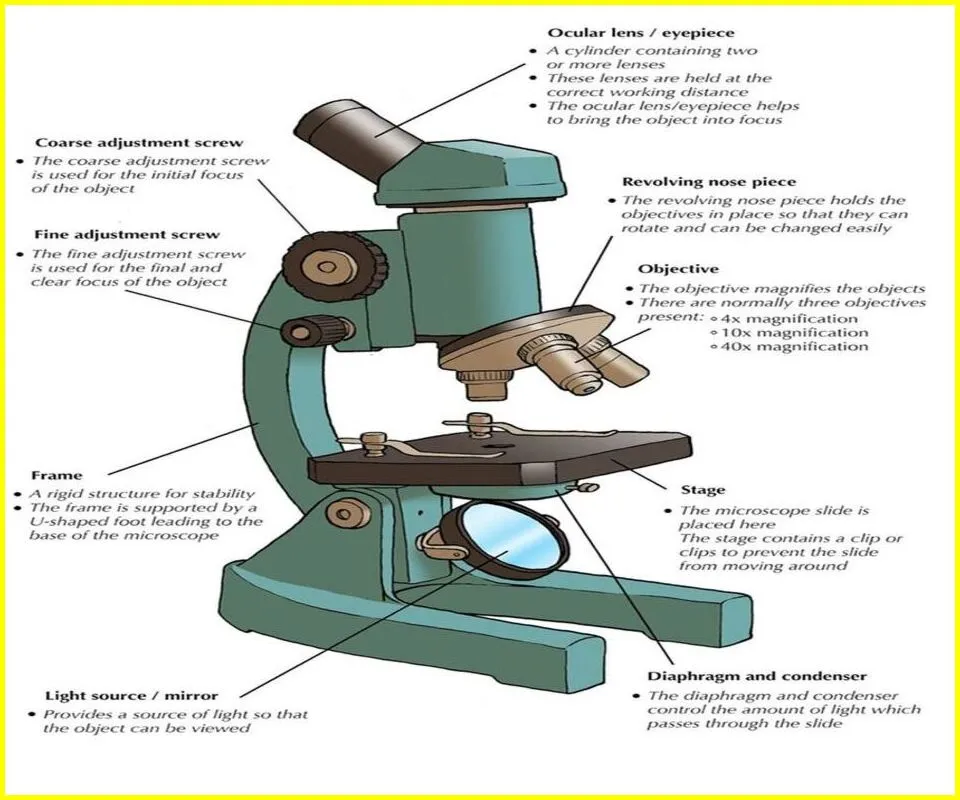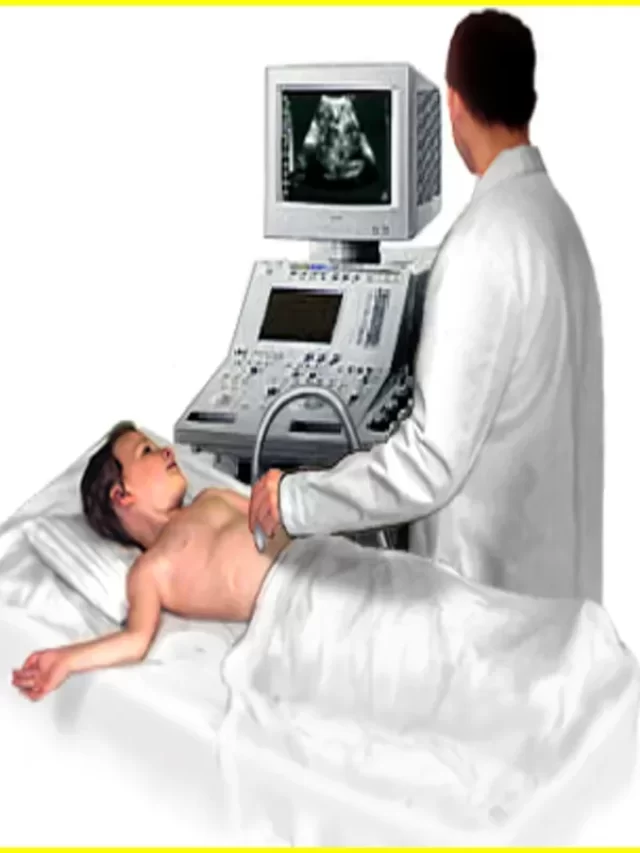What are the Parts of a Microscope Types, Parts and Functions 23
Have you ever looked at anything through a microscope? While it may seem daunting when you first encounter it, microscopes are actually quite simple to use. In this article, we will explore the different parts of a microscope and their functions. From the eyepiece lens to the arm, learn about all these elements and how they help you see objects up close.
What is a Microscope?
A microscope is a scientific instrument used to magnify objects or image them in greater detail. There are two main types of microscopes: optical and electron.
An optical microscope, also called a light microscope, uses a lens to magnify an image of an object. The first optical microscope was invented by Dutch scientist Antonie van Leeuwenhoek in the 17th century.
An electron microscope uses a beam of electrons to magnify an image. Electron microscopes were first developed in the 1930s and have a much higher magnifying power than optical microscopes.
Article About:- Health & fitness
Article About:- Medical Technology
Article About:- IR News
Article About:-Amazon Product Review

Types of Microscopes
There are many different types of microscopes, each with its own unique set of features and functions. The three most common types of microscopes are compound, stereo, and digital.
Compound microscopes are the most popular type of microscope. They use a system of lenses to magnify objects, and can be used to view both living and non-living specimens. Compound microscopes usually have two eyepieces, which allow different levels of magnification.
Stereo microscopes have a single eyepiece and use mirrors to reflect light onto the specimen. This type of microscope is best suited for viewing three-dimensional objects, such as minerals or insects.
A digital microscope captures images of a sample using a digital camera. These images can be viewed on a computer screen or projector, making them ideal for sharing with others.
Parts of the Microscope
A microscope has three main parts: the objective lens, the eyepiece, and the stage. The stage is where you place your specimen, and is usually adjustable so you can move it around and get a better view. The objective lens is the lens closest to the specimen, and it magnifies the image. The eyepiece is the lens you look through, and it magnifies the image further.
There are also many other small parts that help with adjusting and focusing the image, including:
Coarse Focus Knob: This is used to make coarse adjustments to the focus of the image.
Fine Focus Knob: This is used to make small adjustments to the focus of the image.
Diaphragm: This controls how much light enters the microscope, and helps improve contrast.
Stage Clips: These hold your sample in place on the stage.
How does the Objectives Lens work?
The objective lens is the lens that is closest to the specimen and magnifies it. There are four types of objective lenses: low power, high power, oil immersion and phase contrast. Low power objective lenses have less magnification and a wider field of view than high power objective lenses. Higher powered objective lenses have higher magnification and a narrower field of view than lower powered objective lenses. Oil immersion objective lenses have the highest magnification but can only be used with oil on the lens and specimen. Phase contrast objective lenses are used to enhance the contrast of translucent specimens.
How does the Eyepiece Lens work?
The eyepiece lens is the lens at the top of the microscope, closest to your eye. This is the lens that you look through to see the image. The eyepiece lens magnifies the image that is formed by the objective lenses.
What are the Functions of a Microscope?
A microscope is an instrument used to magnify objects. The first known microscope was invented in the Netherlands in 1590. The word microscope is derived from the Greek words micros, meaning “small”, and skopin, meaning “to see or see”.
There are two main types of microscopes: the light microscope and the electron microscope. Optical microscopes use light to magnify objects, while electron microscopes use a beam of electrons to produce an image.
The functions of a microscope depend on its type. Optical microscopes are used to study biology and medicine. They can also be used for quality control in industry. Electron microscopes are used in research and development as well as in manufacturing industries such as semiconductor manufacturing.
Parts of a microscope and their functions
A microscope is an instrument used to magnify objects that are too small to be seen by the naked eye. There are many different types of microscopes, but all have four basic parts: the base, body tube, eyepiece, and stage.
The base is the lower part of the microscope. It provides support for other parts of the microscope and keeps it stable when in use. The body tube is the main part of the microscope. It consists of lenses that magnify the object being viewed. The eyepiece is the part of the microscope through which you view the magnified object. The platform is the platform on which the object being viewed is placed.
There are also other parts found in some microscopes, such as a light source, a condenser, and a diaphragm. These parts help to improve the quality of the image being viewed. Parts of a Microscope, Parts of a Microscope, Parts of a Microscope, Parts of a Microscope, Parts of a Microscope, Parts of a Microscope




















